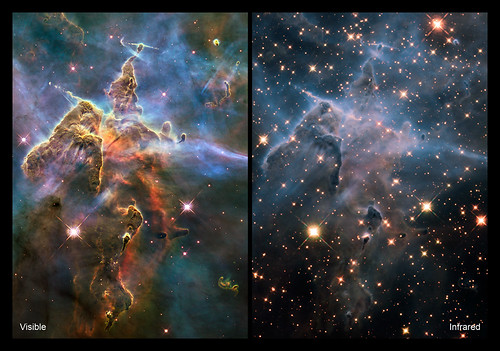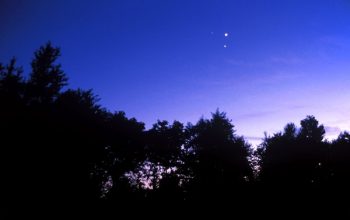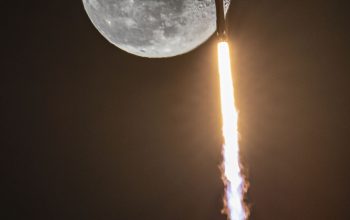
The James Webb Space Telescope (also referred to as Webb or JWST) successfully extended its 70-foot sunshield on January 4th, a critical achievement in the telescope’s deployment.
Webb launched December 25th, 2021 at 7:20am EST from French Guiana. The mission, overseen by NASA, is an international partnership with the European Space Agency (ESA) and the Canadian Space Agency (CSA).
The 10-billion dollar telescope will extend upon the discoveries of its predecessor, the Hubble Space Telescope. Webb is the largest and most powerful astronomical observatory launched to date.
Webb will gather data primarily from infrared wavelengths. In contrast, the Hubble Space Telescope collected data mostly from ultraviolet and optical wavelengths of light.
By the end of January, Webb will reach its destination of 1 million miles away from Earth. It will begin its first observations in June.

To Look Into the Early Universe
In order to study the most distant objects from Earth, Webb will collect light from the infrared part of the electromagnetic spectrum. This will allow us to study the otherwise hidden regions of our universe.
Nearly 13.5 billion years ago, light from the first objects formed after Big Bang began to travel to Earth. As the universe expands, these objects continue to move away from us. The further they travel, the more their wavelengths of light elongate, turning them into infrared. This phenomena is referred to as redshift. Therefore, the greater the distance an object is from Earth, the greater its redshift. Our eyes cannot detect infrared light or redshift, but Webb will allow us the opportunity to observe these distant objects of the early universe.
You likely observe a variation of redshift with sound waves. For example, sound waves stretch when a fire truck drives away from you with the sirens on. That is why sound becomes quieter with greater distance. The sound wavelengths become longer. Just like the firetruck, these distant objects in space are also traveling away from us, making them undetectable to human eyes.
To Better Understand Distant Worlds and Our Own Neighborhood
Webb will study exoplanets, planets that orbit other stars. Specifically, Webb will focus on planets thought to be in a star’s habitable zone, the orbital region where liquid water is most likely to be found on an exoplanet. The telescope will look for temporary decreases in starlight that could indicate the presence of planet as it passes in front of the star.
A technique called transmission spectroscopy will allow Webb to examine starlight filtered through an exoplanet’s atmosphere during a transit to determine its chemical composition. The chemicals detected will reveal whether a planet could harbor the organic compounds necessary for life.
Webb will also use similar methods of spectroscopy to study the compositions of planets and moons in our own solar system.
Check out the Webb site here for more mission updates!
Keep looking up,
Julia
Published by Julia Mariani
Sources: NASA


